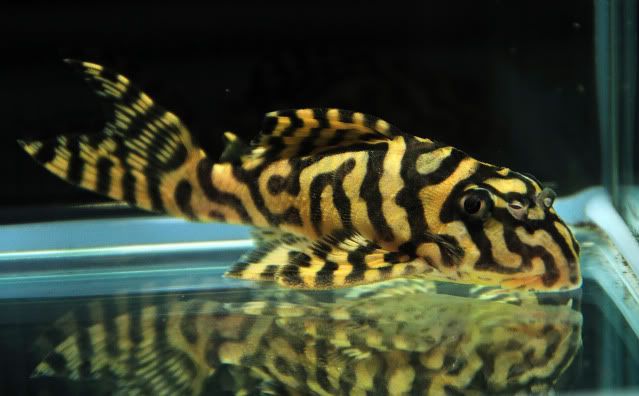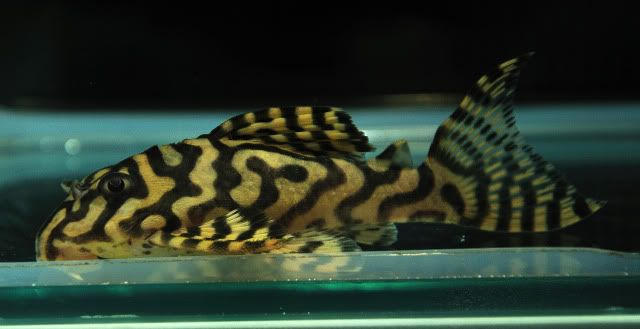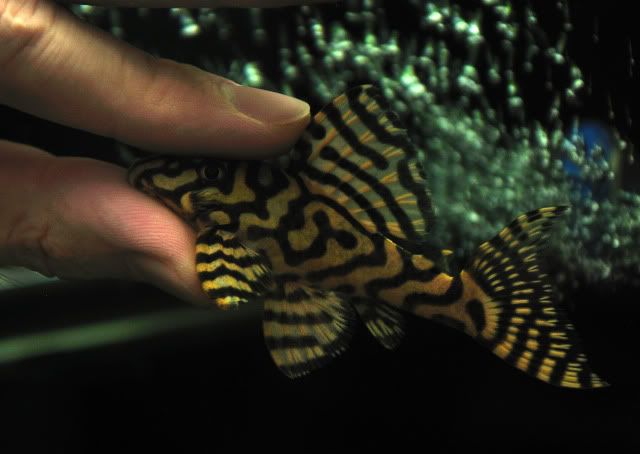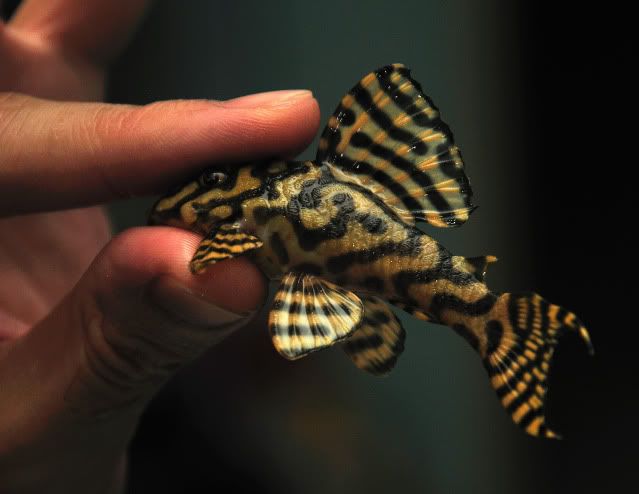Would like to share her pics below:








It is definitely a Hypancistrus, the dentition, mouth shape, head shape and body shape, etc. Definitely not a Peckoltia and others..








Aberration, like it's for several other L-numbers of Hypancistrus from Xingu. But L236 is more related to L333 then it's to L66 which are the 2 main species in this complex of "species", these 2 species are the most common species in Xingu with a wide spread distribution over a large area. These L-number I consider as different "species" from Xingu, L46, L66, L174, L333.pleco22 wrote:Are these totally deviant markings a sign for a species, or for an aberration? What do you think.
I think that hybridization is one part of the problem already in nature within this group of Hypancistrus from lower Xingu, that is why we find this huge variety and cannot define them as separate species. I'm still convinced that lower Xingu is a hotspot for this genus and some other genus of plecos showing a very large variety. it's not normal to find such a large diversity within the same genus in one river, you maybe find a large variety of 1 species but not many species in 1 genus in such small area. Compare with for example Panaque nigrolineatus, 1 variety per river all over the tropic south america... now they will become separate species, the same will happen with Hemiancistrus sabaji in the future and they will probably change the genus for these species, there are many look alike but from different rivers spread over south america, just think what a huge problem it will be to separate all look alike tetraspleco22 wrote:This is very close to what I think about the situation of Xingu-Hypancistrus. In my opinion, L 236, L 173, L 287, L 345, L 399/400 and many other Hypancistrus without L-Numbers (all the Belo Monte stuff) are different kinds of transition forms between the common "species" like L 46, L 66, L 333, L 174 usw. Problem is that a new kind of "transition" is taking place in our fish tanks. And that is hybridisation. In my opinion we have to find a solution, to avoid hybrids.